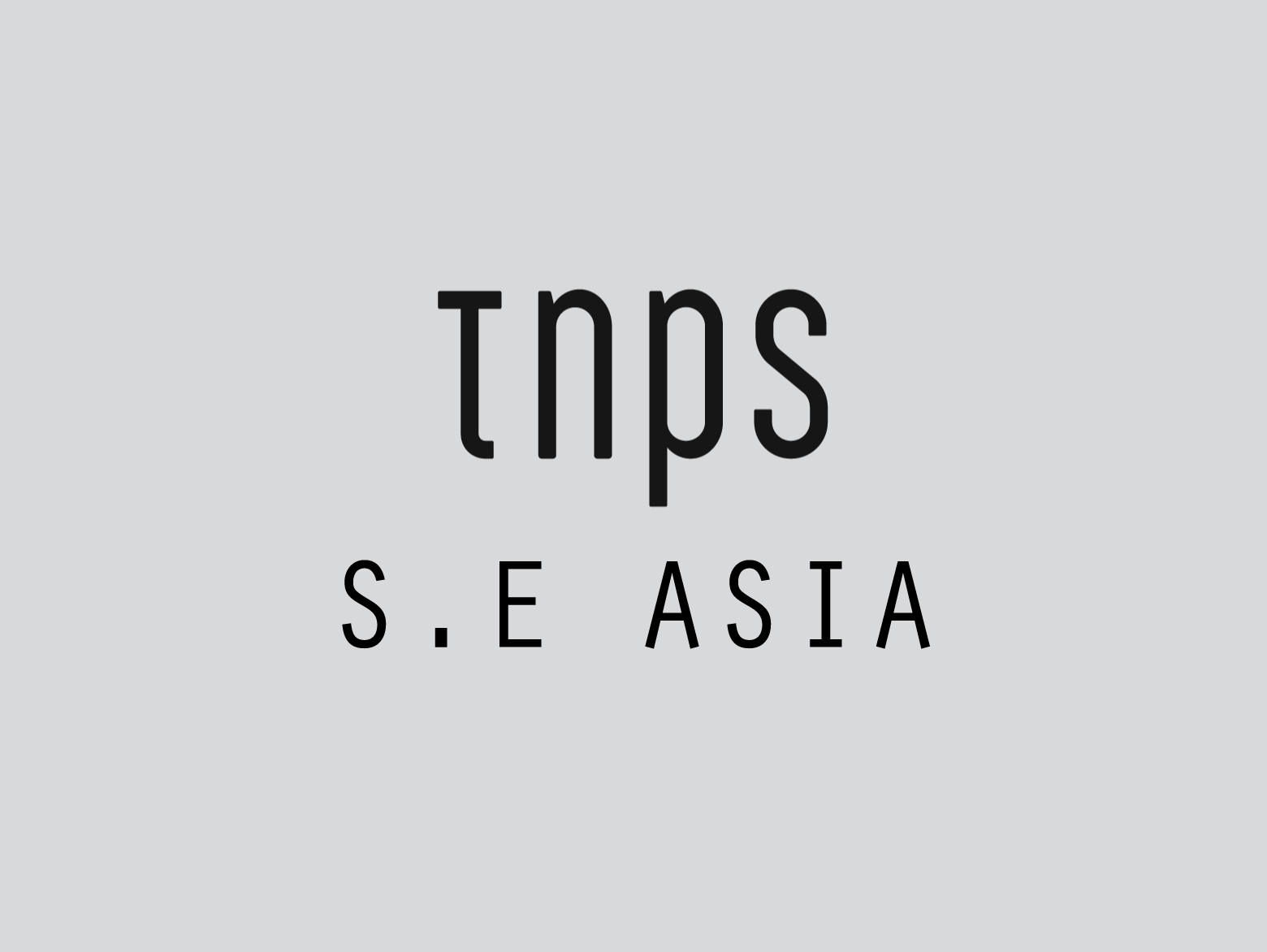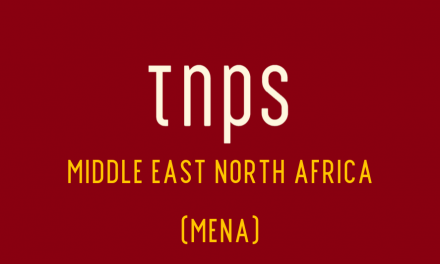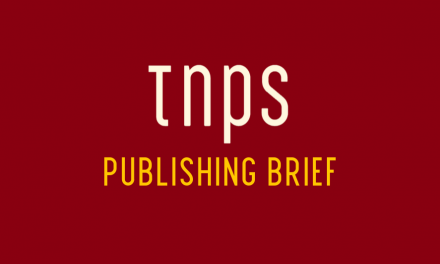That was the sub-header in Publishing Perspectives today as Porter Anderson updated us on StoryDrive Asia 2017.
I covered StoryDrive Asia here in TNPS a few days ago, where I argued the SE Asia publishers were not embracing digital as quickly as they ought, leaving many hurdles standing.
Today Anderson’s coverage develops the hurdles theme.
(T)he conference concentrated on publishing business realities and potentials. One of the most interesting elements of this conference is the wide array of just which hurdles each nation’s industry may find toughest to handle. According to where you are, the main struggle might appear to be literacy rates or economic downturns or severe supply chain limitations in distribution or retail points.
For Porter Anderson’s incisive overview of of the StoryDrive Asia 2017 conference I refer you to the Publishing Perspectives post.
A couple of brief snippets from Anderson’s post are worth repeating here to set the scene.
Laos and Cambodia, the Publishing Perspectives post notes, do not yet have publishers associations, and were not represented at StoryDrive Asia, but present were Indonesia, Malaysia, Myanmar, the Philippines, Thailand, Vietnam and Singapore.
It’s no coincidence that Laos and Cambodia are also the least digitally developed of the SE Asia nations – a reminder that, while we often tend to think of digital publishing just in terms of ebooks, its scope is much broader and more widely impacting.
Again, deferring to Anderson’s post, Indonesia is a rising star in the region. Anderson paraphrases the Jakarta National Book Committee’s Laura Prinsloo as saying,
international interest in Indonesian work is so strong now that the country is producing a series of five rights catalogues in the areas of fiction, nonfiction, art books, children’s content, and comics.
Those following my ramblings elsewhere will find this no surprise. Indonesia has long been on my priority list, and the reason for that is the digital potential.
Again, talking digital in the broad sense here, not just ebooks, important as they will be.
Because digital is the driving force of the Global New Renaissance we are now witnessing.
Digital doesn’t just create ebook stores and ebook subscription services. It drives sales of print books, directly through online bookstores, and indirectly through titles being made available with POD that otherwise would never be seen in print.
It also drives book sales and book creation thanks to other digital media – most notably video right now, making more and more films and TV available to global audiences hitherto off-limits. But also audio, where the removed need for clunky hardwear is having a noticeable impact on audiobook sales.
It drives new writing and experimental form through micro-fiction sites like Terribly Tiny, through fan-fiction sites like Wattpad, and through serial-fiction sites like Radish. We’re just beginning to see the impact of AR and VR.
And it drives word-of-mouth audience engagement through social media, which in turn become the platform of new writing, as we’ve seen most startlingly with the rise of the Tumblr and Instagram poets.
And that’s just the tip of the digital iceberg.
But it is, all importantly, just that: a digital iceberg.
With two pre-requisites: internet access and smartphones.
SE Asia has them both in spades.
Let’s set aside Cambodia and Laos for now and look at the key SE Asia publishing countries as 2017 draws to an end. That’s Indonesia, Malaysia, Myanmar, the Philippines, Singapore, Thailand and Vietnam.
Digital backwaters, you may be thinking.
If so, think again.
Four of those countries are among the top twenty biggest internet nations on the planet. That will be Indonesia, the Philippines, Thailand and Vietnam. Indonesia is the fifth largest internet nation, way ahead of any country in Europe.
Here’s how it breaks down among the main SE Asia publishing countries.
- Singapore: 1.2 million internet users at 81.2% penetration.
- Myanmar: 13.7 million internet users at 25.1% penetration.
- Malaysia:24.5 million internet users at 78.8% penetration.
- Thailand: 57.0 million internet users at 83.5% penetration. Ahead of France and Italy.
- Philippines: 57.6 million internet users at 55.5% penetration.
- Vietnam: 64.0 million internet users at 67.1% penetration. That’s just behind Germany but ahead of the UK, France and Italy.
- Indonesia: 132.7 million internet users, at just 54% penetration. Beaten only by China, India, USA and Brazil.

Inforgraphic: Hootesuite / We Are Social via TechInAsia.
In total there were 339 million internet users in SE Asia at the start of 2017, and at just 53% penetration.
So why aren’t publishers selling more ebooks there?
Well, the total absence of Amazon and Apple will have something to do with it.
Only Google Play and Kobo have any ebook presence in this potentially lucrative part of the world.
Can we expect Amazon and Apple to make a foray into SE Asia at some point?
Amazon actually runs its India Kindle store from Singapore, but there’s no suggestion yet that Amazon is looking at Kindle stores for the region except perhaps in Indonesia, where rumours flourished briefly, then faded away.
Apple could, if it ever chose to, make a big impact. Apple is a hugely popular brand in SE Asia, but its international iBooks roll-out stalled a few years ago and so far there’s little sign it will be revived.
There are local players. eSentral in Malaysia has regional reach. Thailand’s Ookbee has done well, and this year attracted a partnership deal from China’s e-commerce titan Tencent. Vietnam and Indonesia both have strong local players and both have self-publishing portals.
But ebooks are just one aspect of digital, and we should keep in view the bigger picture as we roll into 2018 and start winding down this decade.
The 2020s are going to see SE Asia’s publishing transformed.
Exciting times ahead.





